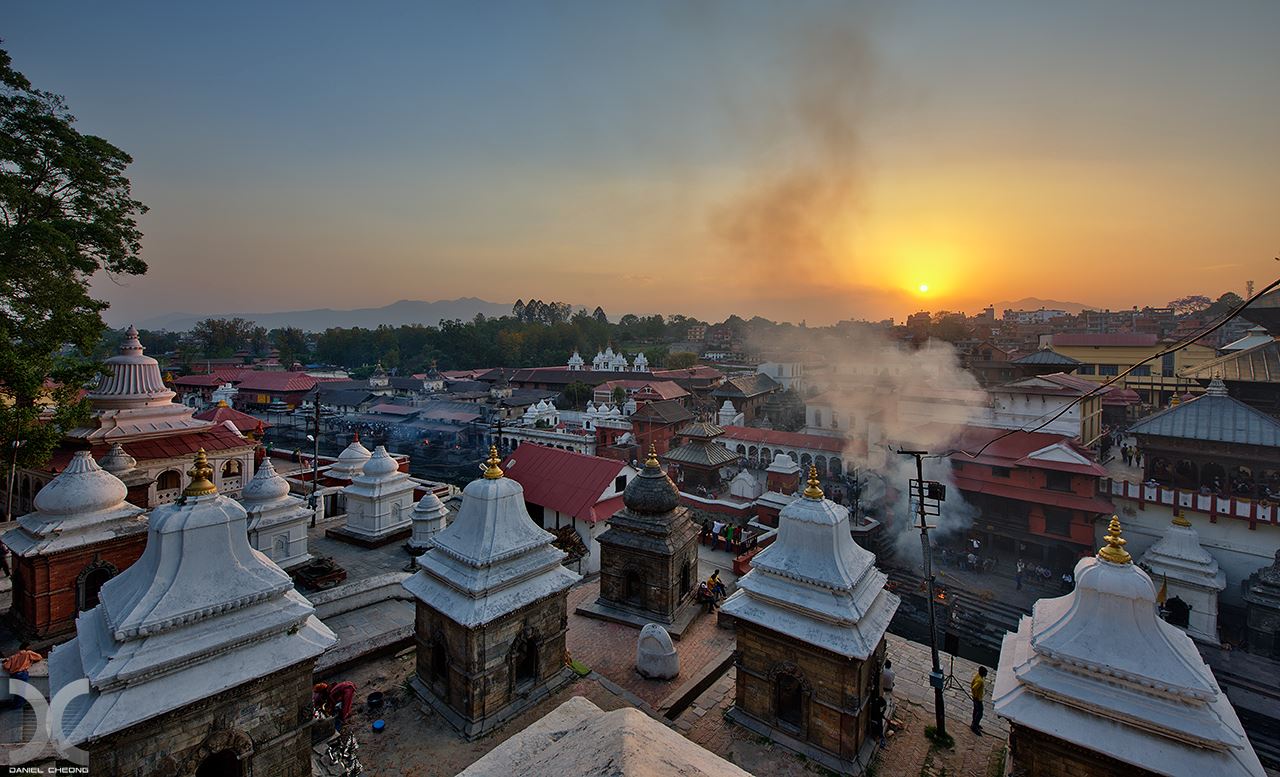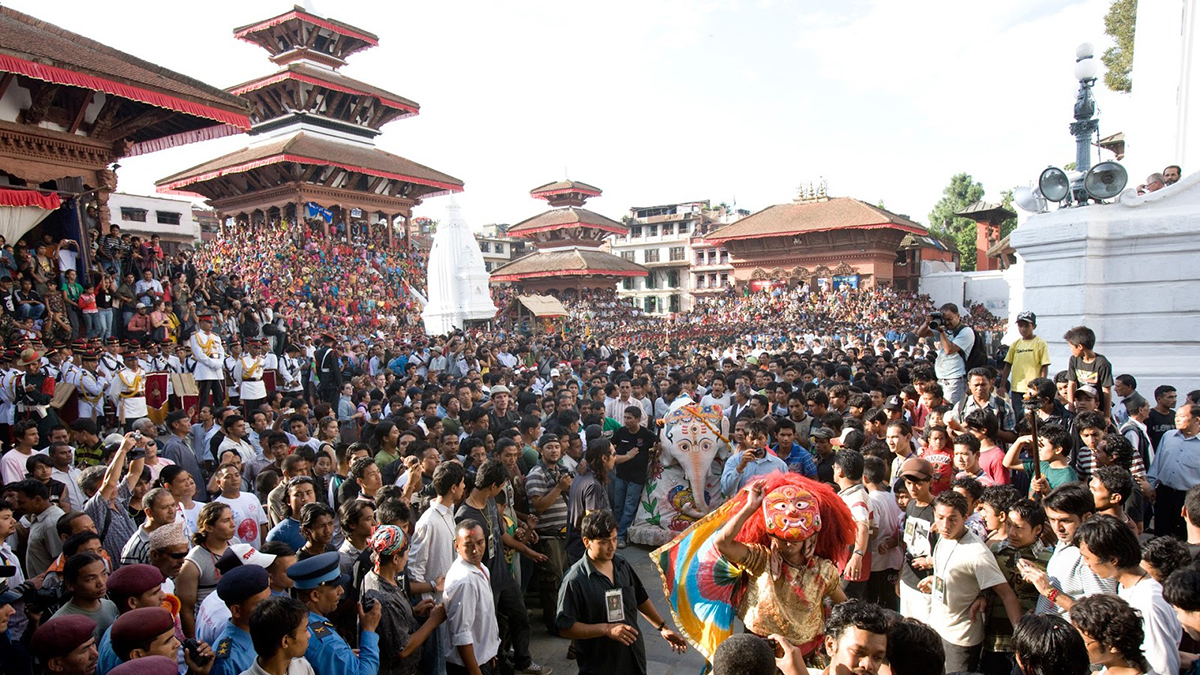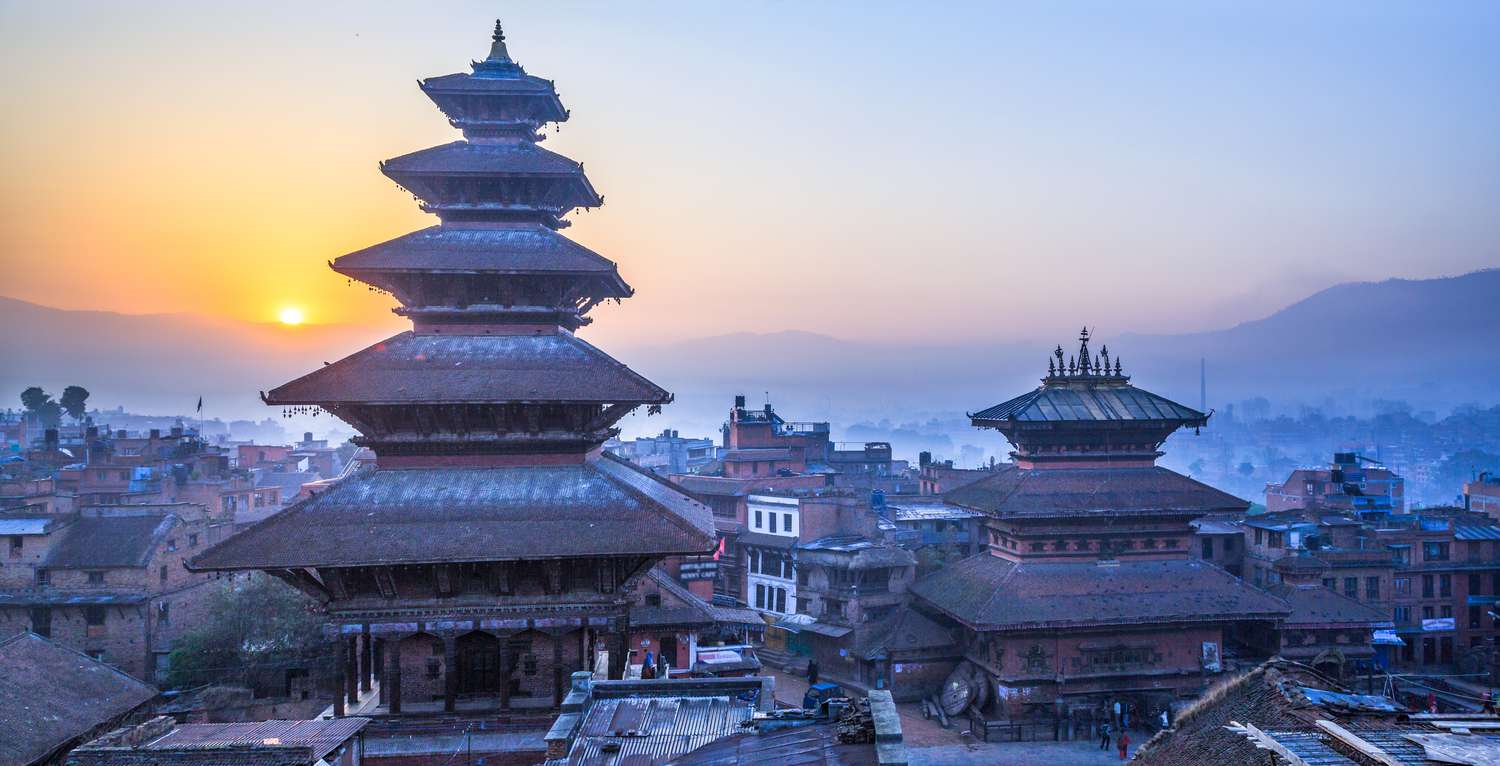Indra Jatra: Honoring the King of Gods and Celebrating Harvest in Nepal
Indra Jatra has a long history of celebration in Kathmandu Valley. The Newar from Kathmandu Valley has been following culture and traditions for centuries. The culture of Kathmandu Valley is vibrant as it is followed in a similar pattern as it was celebrated centuries ago. Even though the modern lifestyle knocks on the door of Valley’s people, they are still successful in preserving their traditions. This festival is celebrated in September annually for eight to ten days depending on that particular year's calendar. To honor the King of Gods, Lord Indra, this festival is celebrated. In the meantime, it symbolizes the beginning of harvest season. I am going to share my experiences of this year Indra Jatra through this blog.
Myth of Indra Jatra
There are several stories behind the Indra Jatra celebration. People believe them to date and follow the rituals without any modification into it. People believed that the Lord Indra the god of rain and Heaven brought monsoons and rain to plant rice and other agricultural job. That’s why people celebrate this festival to pay homage and express gratitude to Lord Indra with grand processions. During these eight days, in the evening, people will dance and march by playing music and dancing.
The lingo is erected to symbolize the beginning of Indra Jatra which is called “yosin” a colorful ceremonial pole. This also signifies Lord Indra's visit to Kathmandu.
A weekend-long celebration of Indra Jatra
The raising of the “yosin” pole officially begins the Indra Jatra in Kathmandu. There are several attractions of Indra Jatra from the beginning to the end of Jatra. Indra Jatra was introduced in Kathmandu in the 10th century by the Malla King Gunakamadev. Later, in the 18th century, King Jayaprakash Malla introduced the Kumari Jatra (Kumari Chariot procession) of the living goddess Kumari. In the presence of the President, government officials, ministers, and foreign diplomats on 28 September 2023, Indra Jatra was observed and celebrated on the premises of Hanumandhoka Durbar Square at Basantapur. The huge mass of people around Durbar Square makes the festival more vibrant and exciting. Newari Club and Guthi perform various musical plays in the alley of Durbar Square. The Kumari Chariot procession was held for three days to Cover all the alleys and Bahal of the city. During Indra Jatra Bhairav masks are displayed as well as the dance of Bhairav followed by Lakhe dance can be observed during the Indra Jatra.
With the huge presence of people to observe Indra Jatra, there are several attractions to do and these activities usually occur in the evening time till midnight. Mata Biye (butter lamps) usually follows the Chariot procession route to lit butter lamps to honor family members deceased in the previous year. Similarly, the primary attractions are the dance performed by masked dancers, searching Lord Indra by Pulu Kisi, Sawa Bhakku, Devi Pyakhan, Dasavatar, Bhairav dance, and many more.
The colorful longest festival of Kathmandu can be observed, learned, and enjoyed by residing near Durbar Square- Thamel. The festival has the highest significance as it brings diverse communities together fostering unity and solidarity. Foreigners can learn the artistic heritage of Kathmandu Valley through traditional dances, music, and food. Indra Jatra celebration is near to the greatest festival Dashain. It means the farmers are ready to harvest their crops after the festival.
Finally, Indra Jatra is one of the festivals of Kathmandu Valley which encapsulates, the hidden cultural treasure of the Valley. During Indra Jatra, one can observe the broad cultural and spiritual practices followed by traditions of agriculture. People honor their legends, mighty gods, and the life-sustaining harvest (all Nepali festivals are somehow influenced and guided by agricultural traditions), which is an important annual date in a country's calendar.
Recent Article
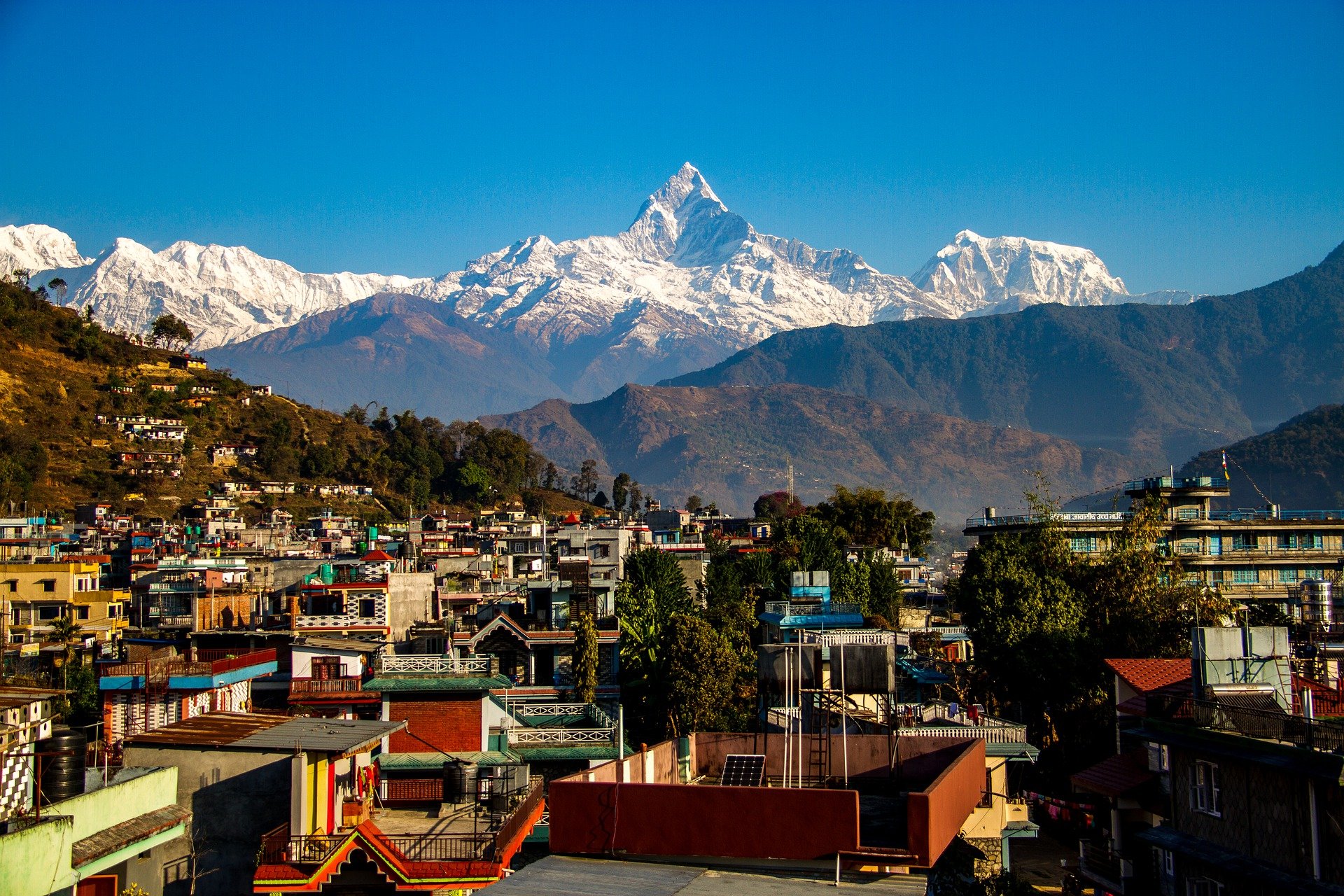
A Journey through Pokhara Valley: Unleashing the Adventure Within
10 months ago | Pokalde AdventureThe Pokhara Valley tour is exhilarating, making a Pokhara special destination in Nepal. Pokhara Valley was isolated from the Capital city during the 60s as no roadways connected this beautiful Valley.
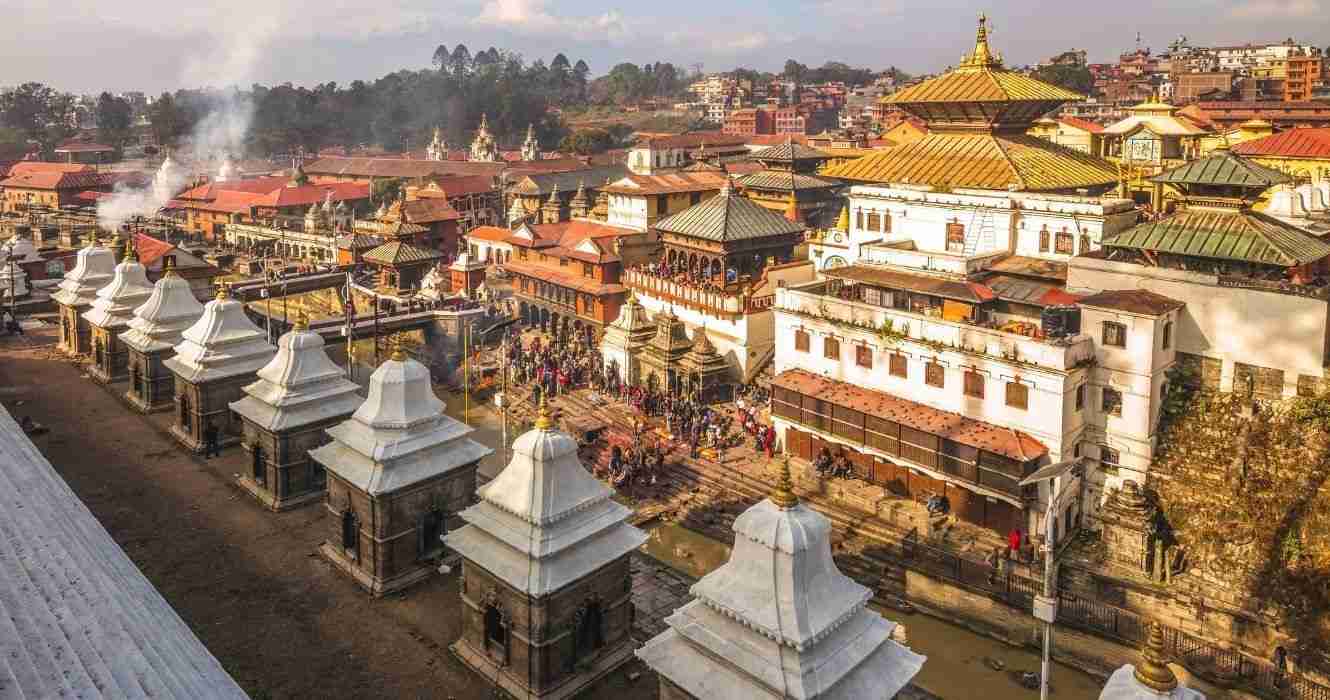
Unveiling the Rich Cultural Heritage of Nepal's Sacred Temples
10 months ago | Pokalde AdventureNamaskar and warm greetings from Himalaya. Let’s Explore Nepal’s rich cultural heritage and sacred destinations. This blog article focuses on World Heritage sites, popular Hindu temples, and Buddhist monuments.
